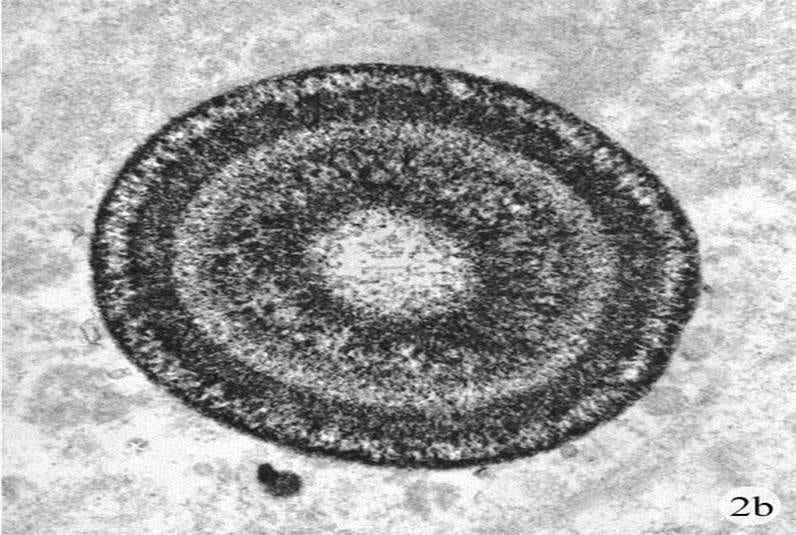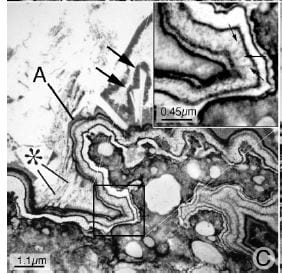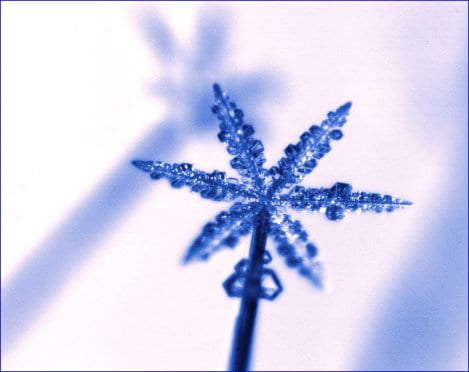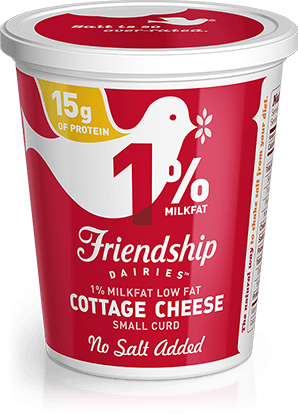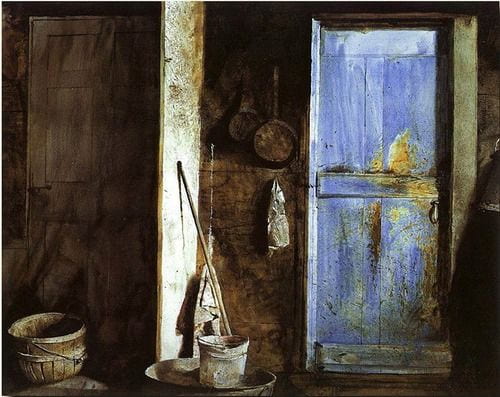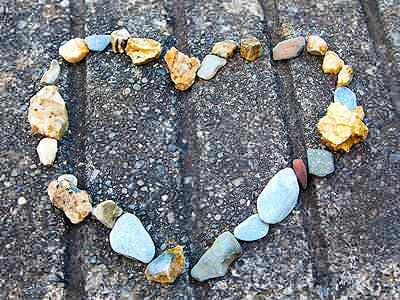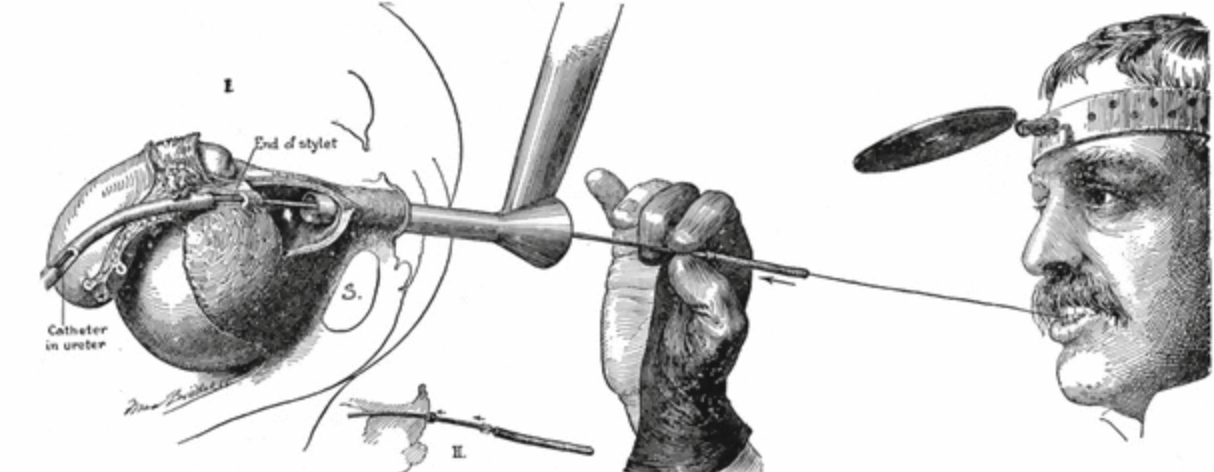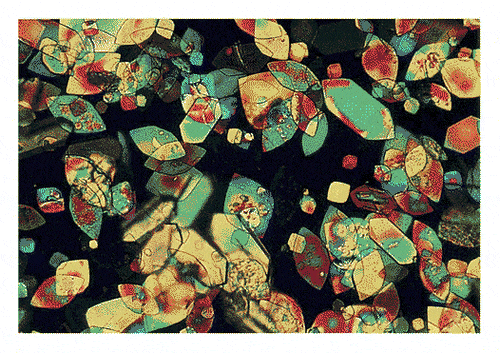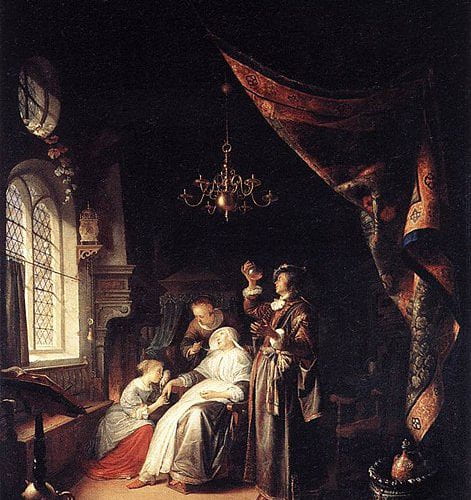
For Kidney Stone Formers
Content Collections
Guide Book
Video Collection
New Book
Articles For Kidney Stone Formers
Video Article: How Stones Form
With considerable trepidation, I unfurl my first and certainly very unpolished video offering. The good part of the articles on this site is their devotion to scientific accuracy and referencing from PubMed. The bad parts are their opacity, length, and difficulty. I have long been a public lecturer and decided that video offerings might be a valuable add on. There is more room, I think I speak better than I write, and it seems to me one video can summarize and complement a group of written articles, so I did this one. It covers crystal formation, how crystals are made, and where in the niches and crevasses of the kidney they actually form. Its message is my usual one: Prevent crystals and you prevent stone disease. This is a beta version. I know it has some errors in it. I also know it lacks refinements I need. But, refinements and corrections will come. Let me know.
IDIOPATHIC CALCIUM OXALATE STONE FORMERS (ICSF)
Here is the most common kind of stone former, described in such detail as one can muster up at this time. They are simple to diagnose: Stones containing a preponderance of calcium oxalate, no uric acid, struvite, cystine, brushite, drugs, or rare organic materials, and exclusion of any systemic disease as a cause of stones. More or less, these patients are stone disease as it is seen in primary care and most urology practices. Of the millions of stone formers most are like this. The trials for prevention of calcium stones have mainly used these patients as a majority of subjects. However common they may be, and easy to define, they are complex in the way that they make stones, and it appears that there may be not one but perhaps two kinds of idiopathic calcium oxalate stone former. Because of modern flexible ureteroscopy the types of idiopathic calcium oxalate stone former will soon be told apart during stone removal surgery, and patients and their physicians confronted with a variety they may not fully expect. This article sums up what is known, as best as I can manage.
CALCIUM PHOSPHATE STONES: Causes and Prevention
The second in this series of stone forming phenotypes, the calcium phosphate stone formers are less numerous than the calcium oxalate stone formers, but perhaps more worrisome, and certainly more complex. There are two types, those whose stones contain any brushite – an unusual form of calcium phosphate in stones, and those whose phosphate is only hydroxyapatite – the mineral found in bones. This latter group is to a large extent composed of young women, for reasons we do not know. Phosphate stones are likely than the calcium oxalate variety to be numerous, and often produce nephrocalcinosis, a mixture of small stones and tissue calcium deposits. Nephrocalcinosis, in turn, is often labelled medullary sponge kidney simply on radiological grounds, even when the distinctive lesions of MSK are not necessarily present. Likewise, phosphate stone patients can appear to have renal tubular acidosis because of nephrocalcinosis and because RTA and phosphate stone patients both produce a more alkaline urine than do normals, or patients with calcium oxalate stones. All in all, this is a complex form of calcium stones, challenging for clinicians and often very trying and concerning for patients with it. The article is long and difficult, so you might want to watch this video by way of an introduction.
Video article: Supersaturation – The calcium crystals
As I see things, all of stone disease concerns the balance between the opposing forces of supersaturation and kinetic retardation of crystallization. The former is better understood and more tractable because easily measured and commercially produced for clinical care. The latter is not fully understood in term of the molecules responsible and not commercially available as a clinical test. So of the two primary forces that control whether crystals can form, we have only supersaturation to use. Being so central, this one measurement, for each of the stone crystals, has unusual importance. These three relatively short videos cover the main elements of supersaturation: What it is, how kidneys produce it, and how it is measured and used in stone prevention. They combine with ‘How Stones Form’ to make what I think is a fine story about stone disease and a fine basis for understanding how stones are best prevented. I have gathered together in the article links to all of the supersaturation articles on the site thus far.
How to Eat a High Calcium Low Sodium Diet
Many patients assume that they are forming calcium stones and should therefore limit their calcium intake. That assumption could not be more wrong. Low calcium diet won't stop your stones and may even increase your risk. Lets not forget that our bones are in desperate...
Web Apps and Smart Bottles
This is an article that can be written only by the readers of this site. We are not product testers nor do we do market surveys. But given how many fluid and diet apps one can find on the web and also given how many people come to this site every month we should be able to get a good idea about which ones seem of value. The benefit of accumulating your experience in comments to this very brief article accrues to all of you who come here. Whether you use an app or not crowd sourcing of a kind can tell us all which ones seem really good, and we can all use that knowledge. There are almost no words in the article, but as the results come in – in other words if you will share – we will count up by app in a table or so, ongoing. As for smart bottles, there are only a few on the market, but we should be able to get an idea about them if you will share. So, here it is: A blank slate for everyone to write on so everyone can benefit. Please share.
My Lab Report
This little goodie started with my partner Dr Anna Zisman who to wanted us to have a simpler format for patients to follow in looking at their 24 hour urine lab reports. Answer five easy questions and get back a list of what you have to do with fluids and diet. Try it. Let me know if it works. If not, can you help make it better?
PUTTING IT ALL TOGETHER
Well, here it is, the last pillar in the foundation. My goal is to enable patients to achieve successful stone prevention and I believe this requires a partnership with their physicians, a partnership in which they play a very active individual role. Patients after all are the ones who can manage diet, fluid intake, and life demands, only they can assure that 24 hour urine collections are representative of normal life, and, frankly, only they can decide on a life of long term prevention. Stones being rarely fatal and usually not a cause of progressive kidney disease, patients can elect prevention or not, and their physicians are in a role more like attorneys and accountants than authoritarian directors of events. But as in Eden, one can expect proper choices only if one has provided full knowledge, which I have set out to accomplish. By proper I mean most suitable to patients given full knowledge, for some may not care to exercise themselves so much as I think they must to be successful, whereas others may consider the work of prevention slight indeed compared to the consequences of continued stones. In any event, this article is the end of that cycle of enablement I can manage, and I put it here, as in all writings, as the chef puts out her best effort – to face the indifferent judgement of the gourmet.
Ureteroscopy: Background and Current Controversies
Dr. Mike Borofsky authored a favorite article on this site – Pain from Kidney Stones. Now, he has authored our first article on stone urology, meaning the urological surgeries used for treatment of stones in the kidneys and urinary tract. Ureteroscopy is fast becoming the preferred approach, outstripping shock wave lithotripsy and percutaneous lithotripsy. This is because the instruments for ureteroscopy offer superior optics and are flexible and small enough to get from the urethra up into the kidneys and into all of the crevices of the kidneys where stones form and lodge. Armed with tiny but powerful laser fibers, the new ureteroscopes permit surgeons to fracture stones in the kidneys and turn them into mostly harmless dust that passes silently for days or weeks thereafter, or into small fragments they take out during the procedure leaving not a speck behind. It is a brilliant time to be a young urologist and use these marvelous instruments to do what would otherwise require a far more complex and risky procedure (percutaneous nephrolithotomy) or depend upon an indirect and often incompletely effective one (shock wave lithotripsy).
HOW TO READ YOUR KIDNEY STONE LAB REPORT – Uric Acid Stones
These two articles cover the main stone types, and this new one on uric acid parallels the prior one on calcium stones. Like the calcium stone article it is meant for patients, although physicians might like some of the nuances. The purpose is not to make patients into their own physicians but to enable them to understand their own stone forming abnormalities. My ruling hypothesis is that patients want prevention, and will embrace and implement the changes needed with more enthusiasm and endurance if they fully understand the goals. LIkewise if they can themselves follow the effects of their efforts on stone risk factors they will believe that what they are doing has real meaning. I know that hypotheses are for disproving, and I know someone may well do a prospective double blind randomized trial, some day, to test mine. Right now, I believe in the idea because of Eden whose resident twosome were not just told about the tree but exactly why they should not eat of its fruit. I know it is an unfortunate comparison, given the outcome, but much effort was expended on education. My source for the details, apart from the Hebrew Bible, is Milton, J: Paradise Lost; Books V – Viii.

